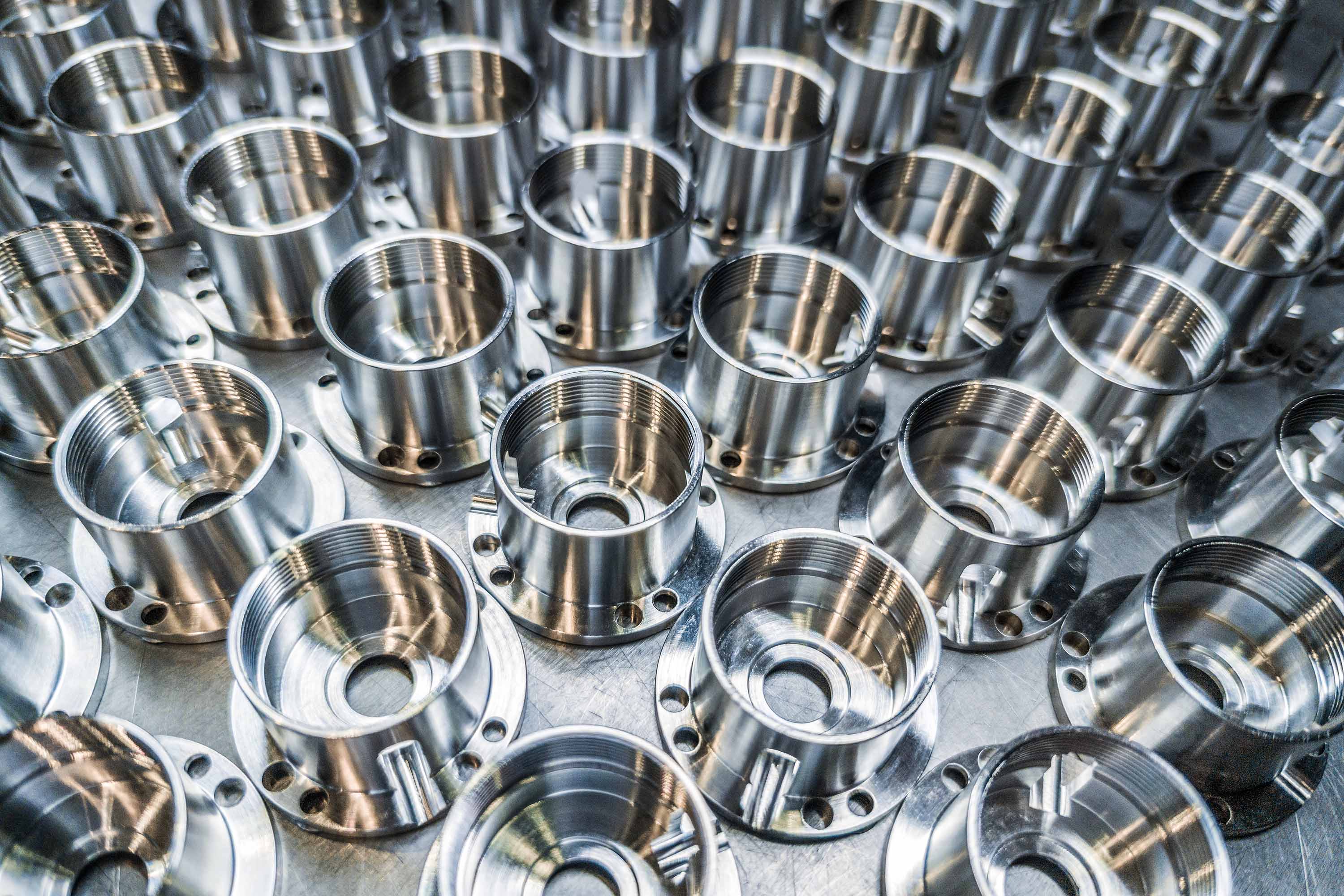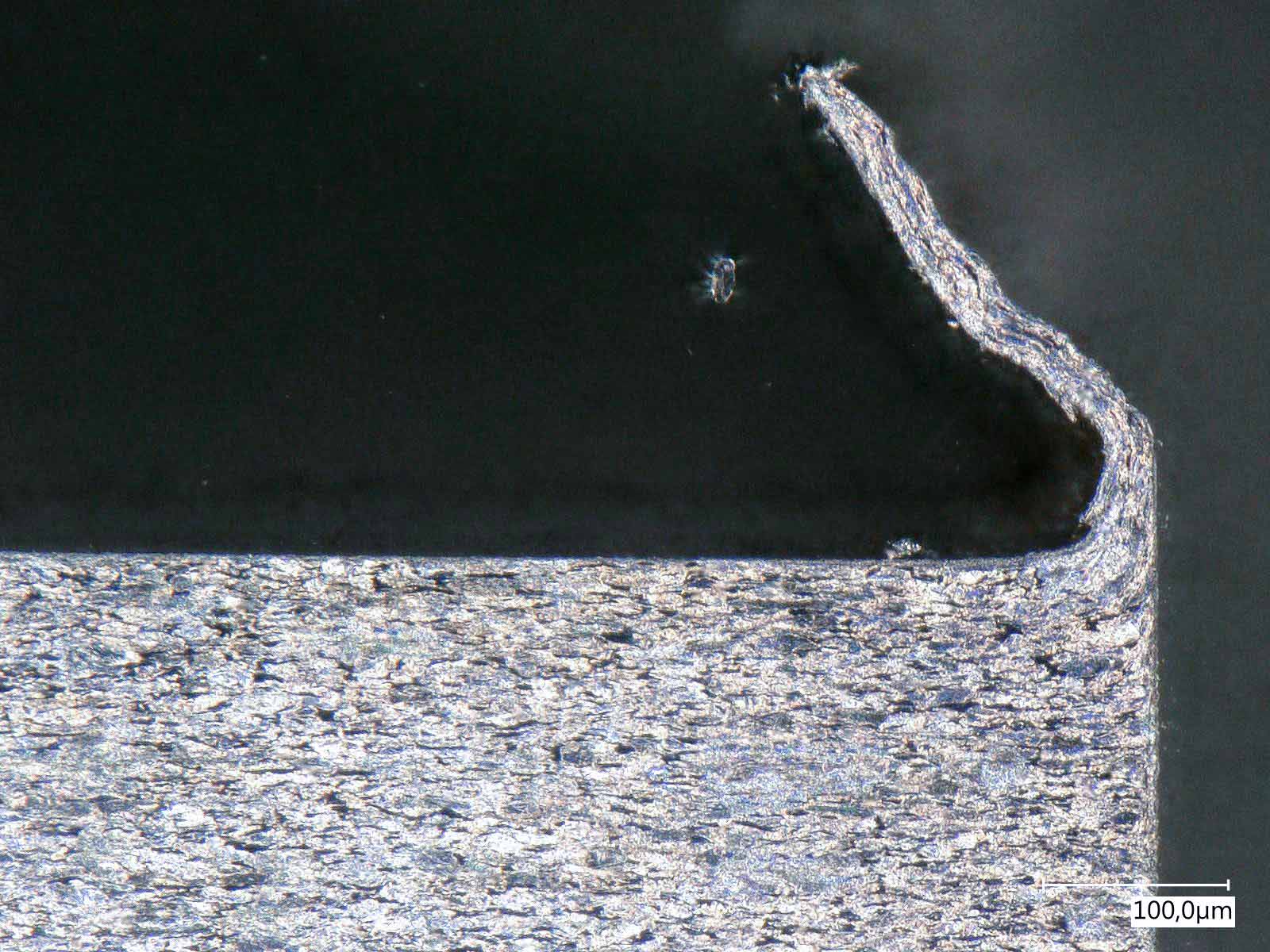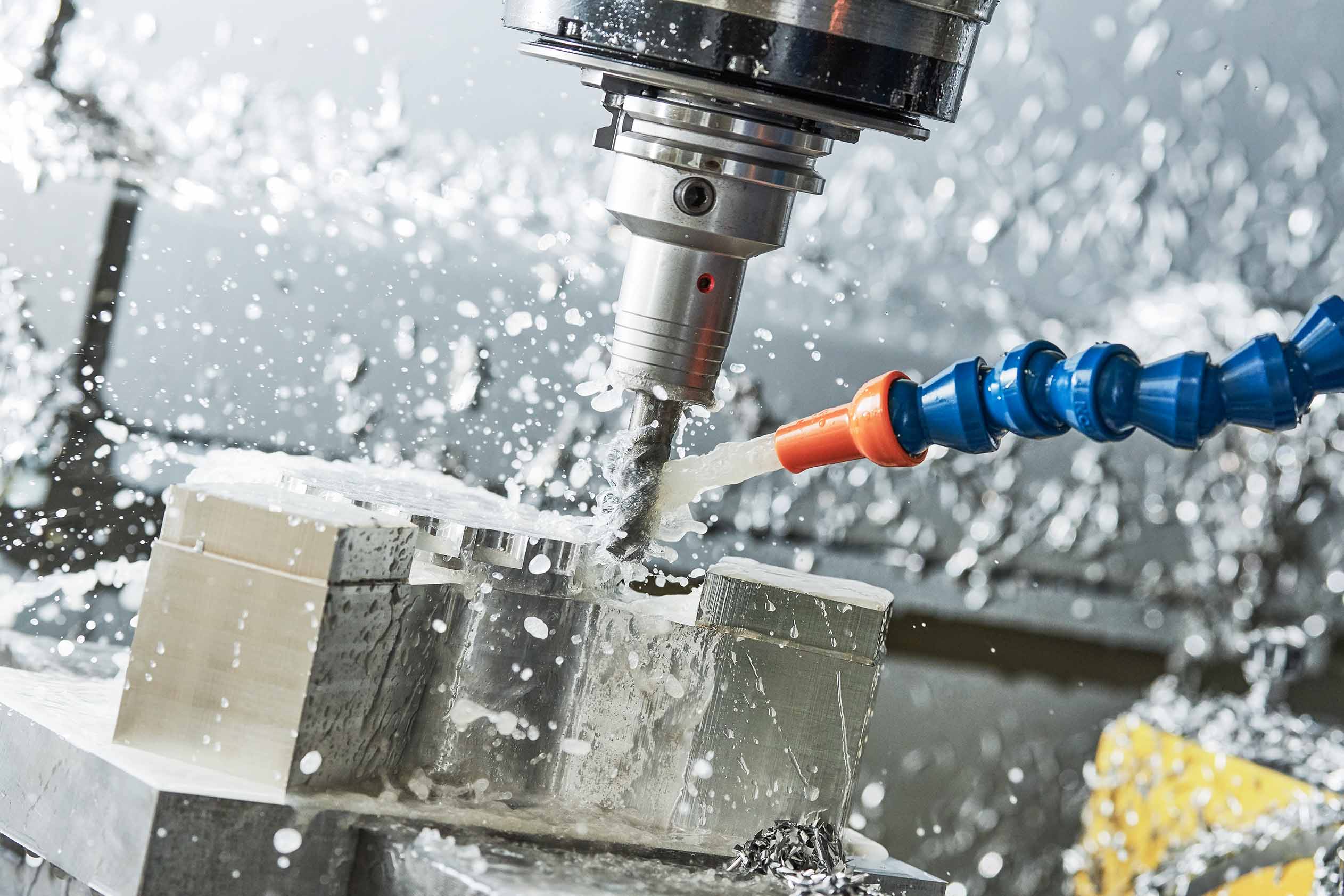Smooth Edges with Lean Process Chains



Burrs are a tiresome issue in machining: Whether in single-part or series production, they often occur as an unavoidable side effect in a wide variety of machining processes. Even in stable manufacturing processes, tool wear, fluctuating process conditions or inhomogeneities in the material can cause residual burrs on the component. In function-critical areas, these can often only be eliminated by means of time-consuming and cost-intensive quality control and manual finishing. In order to get to the heart of the problem of »burr formation«, Fraunhofer IPK is pursuing various approaches, each of which is tailored to the individual circumstances and requirements of the industrial partners.
Burr-Reduced Machining
In addition to researching the use of new superhard cutting materials, the scientific staff are working on concepts for materialand process-optimized path planning for tool guidance. In particular, unfavorable edge transitions of bores with internal contours are frequently affected by burr formation. In addition to the use of spring-loaded deburring tools and contour-specific special tools, optimized contour tracking can also help to produce such molds reliably and without burrs.
At the Production Technology Center (PTZ) Berlin, the team is excellently equipped for research work in these areas. With over 22 CNC lathes and milling machines, an extensive machine park with a wide range of industrial clamping concepts is available. Moreover, the researchers can access an extensive network of machine and tool manufacturers. Thus, industry-oriented and production-ready processes can be developed and transferred to the industrial manufacturing environment, in macro as well as micro manufacturing.
Targeted Post-Processing
If it is not possible to maintain the edge or surface quality of components, efficient finishing processes are an economical alternative. A wide variety of processes and systems are available on the market for this purpose. Some of these are designed for specific components and often do not meet all the requirements of individual users. In addition to processes such as shot peening, brush peening, sliding peening and pressure flow lapping, the PTZ offers various technologies that enable development of manufacturer-independent process chains for efficient post-processing.
In the last two years, a new post-processing laboratory has been set up to address different vibratory finishing and vibratory lapping processes. It allows Fraunhofer IPK to specifically adapt various process parameters to individual component requirements of customers and partners:
- the selection of process-specific grinding and lapping media,
- the development of efficient process chains for targeted finishing of simple and complex components, and
- the design of workpiece clamping systems and their positioning in the particle and grinding wheel flow.
Furthermore, the institute offers numerical approaches for fully comprehensive process design, based on the Discrete Element Method (DEM).
Optimized Cleaning Strategies
Flaking burrs and chip deposits on the component are difficult to avoid in many processes. In automated process chains, they entail a high effort for cleaning the components within the process chain. Fraunhofer IPK has been able to create sustainable solutions for component cleaning in industrial projects through targeted component-specific design of cleaning nozzles, optimized washing cycles and innovative cleaning processes, such as CO2 snow blasting. In addition to numerical solution approaches, cleaning strategies were successfully designed, visualized and implemented in close cooperation with project partners using transparent components with complex internal structures and hole patterns that mimic the original.
In order to increase the efficiency of component production and process chains, it is important to avoid high quality control costs and manual finishing processes. This requires efficient and stable manufacturing processes, which should be designed specifically for each component and material.
 Fraunhofer Institute for Production Systems and Design Technology
Fraunhofer Institute for Production Systems and Design Technology